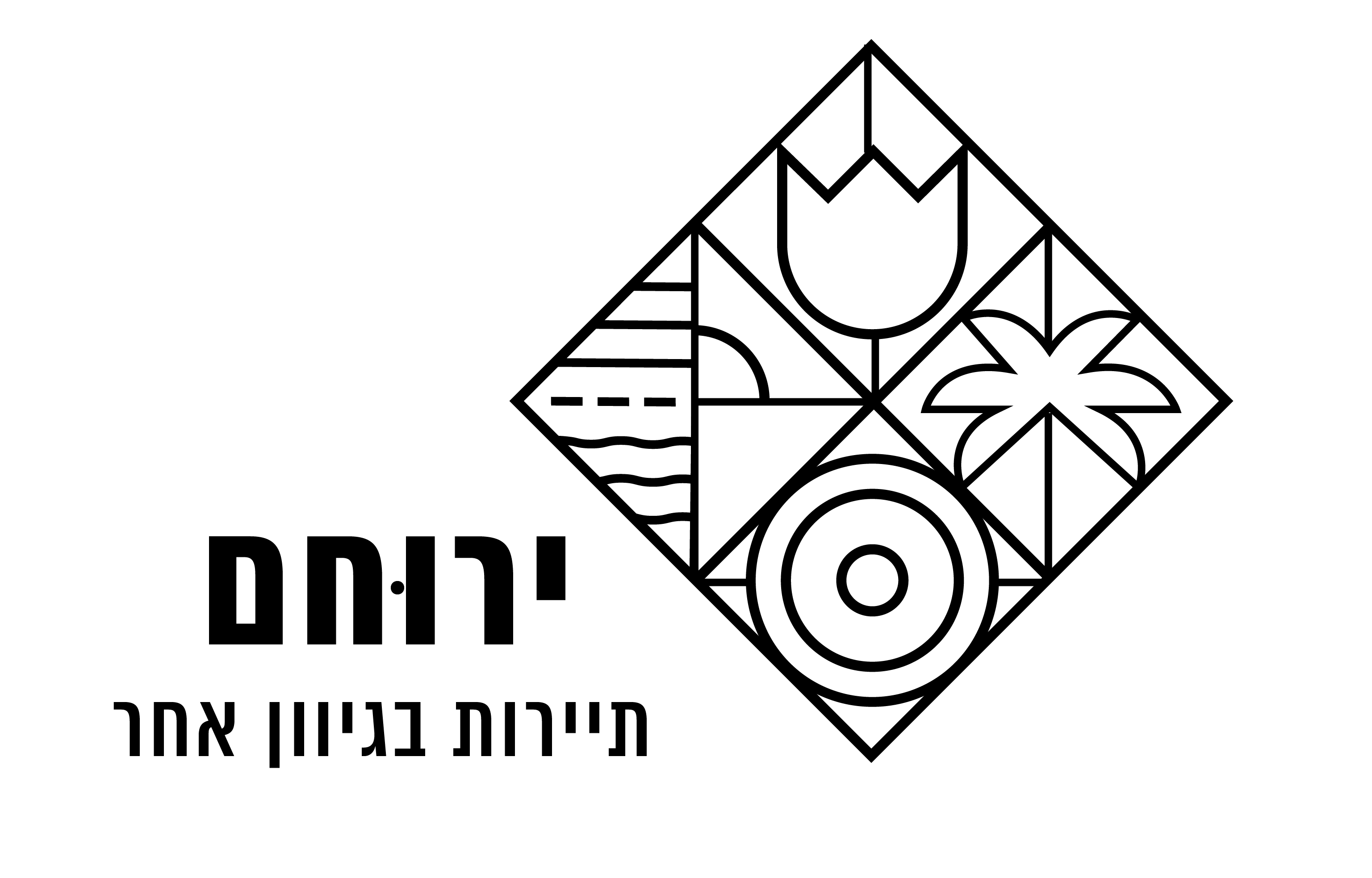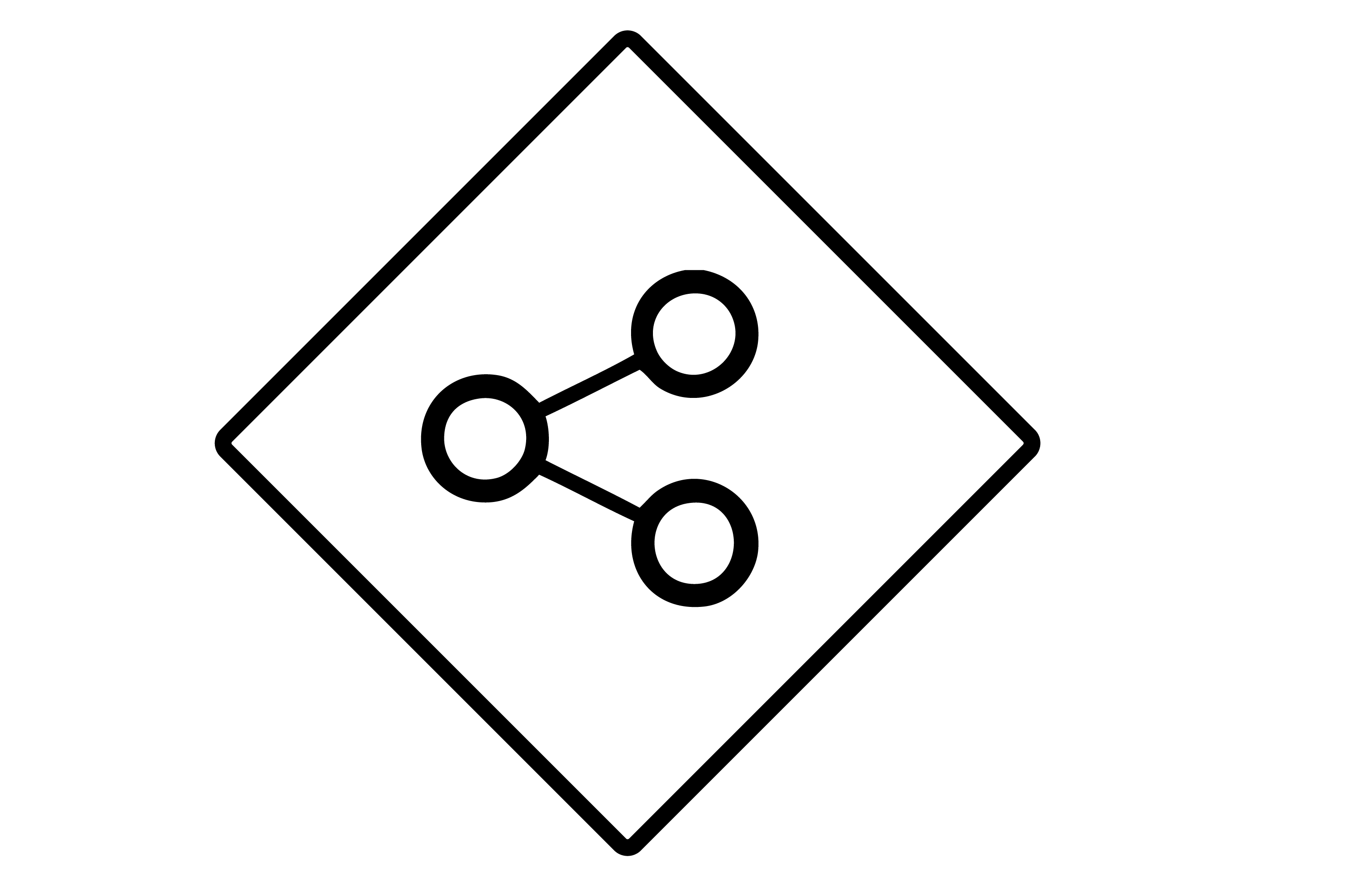To see the Helmonit Flowers
per person
To Sternbergias in Bloom on the Yeruham Ridge
The red trail begins on Bornstein St., at the circle between HaShaked Neighborhood and the industrial zone, goes through the Forest of the Fallen at the front of the stadium and descends to a stream that our children call “Dorbanim Stream”, which goes through a small canyon whose stone surface reveals a round granary
surrounded by stones decorated with dozens(!) of ancient rock paintings reflecting the variety of animals and occupations special to the region over the last two millennia (a “transparent mark” of ~100m, from the top of HaYotzer Waterfall to the small canyon leads to the granary and the rock art).
Directions:
Drive on the Yeruham-Sde Boker Road. At the circle at the entrance to Yeruham, continue south for ~1.5 Km, turn right onto a dirt road until you reach the reserves’ parking lot.
Trail Description:
Family trail – Hike along the dirt road until the black and blue trails meet. From here, we will take the black trail.
The trail goes through the flint stone gate at the entrance to the ridge and we will climb up the stream. When the mark veers left, we will continue straight up the channel to the Shivta Formation where the sternbergias are plentiful. A strong scent of sharp varthemia exudes from the rocks.
The higher we climb, the more sternbergias we will see, as well as an amazing view of Yeruham and Lake Yeruham.
We will then return to the black trail, taking it back to the parking lot.
Trip duration: ~1 hour.
To Sternbergias in Bloom on the Yeruham Ridge
“If autumn is upon you
And your heart is like a desert
Take in the golden view
Of a small stream by the mountain”
(Yossef Or)
The large sternbergia is among Israel’s show flowers. It blooms in the mountains, from Mt. Hermon up north to Mt. Negev down south. It is bright yellow, resembling an egg yolk. Some say that the children of Yeruham think the egg yolk is named after the sternbergia… They grow on the Yeruham Ridge among the various rocks (mainly around the Shivta Formation).
Sternbergias were common in northern Israel. Botanist Daniel Shimshi toured the Yeruham region in 1960 and discovered the bulbous geophyte, considered a surprising discovery in the heart of the desert.
In autumn 2016, scouting troops counted over 1000 sternbergias within the reserve.
The trail descends toward the Lake Yeruham dam. As we descend, we will cross the Mt. Yeruham site, a site dating back to the Middle Bronze Era, revealing flint tools, pottery, remnants of large structures and a multitude of pipevines. Copper ingots of a consistent weight were found at the site – evidence of the transition period between trading and coins.
We can be picked up at the end of the trail or return through Revivim Stream on foot.
Arriving at the Lake Yeruham dam – The dam was built by Yeruham’s pioneers in 1952-1954 and it is an observation point for the lake, which receives its water from the Yeruham, Revivim and Shualim Streams. The dam was built at a narrow point where the stream crosses the Revivim Ridge.
Trip duration: ~5 hours. Recommended in the autumn.
Hiker Trail – Hiking on the blue trail. The trail begins on a dirt road with many snails on the bushes and reptiles on the loess soil.
Nearing the ridge and approaching the flint stones. From here, the trail continues south along an ancient path (prominent construction remnants). The trail takes a sharp turn to the right in the channel leading to the ridge.
Now it’s time to look for the sternbergias – they bloom mainly in the rocks to the south of the channel and the higher the climb, the more you see…
After enjoying their beauty, we can continue climbing the trail to the top of the ridge, to a mountain called “Hat Mountain”, overlooking Be’er Sheva, Dimona, Yeruham and offering a wonderful view of the Northern Negev.
There are many bivalvia fossils as we arrive at the peak.
The trail continues north on the ridge (important – this is a fire practice zone on weekdays). As we hike, we will encounter the tomoly (piles of stone used for burial).
The first sternbergias usually begin blooming in early October. The blooming peak can be enjoyed between 18 October and 18 November.



